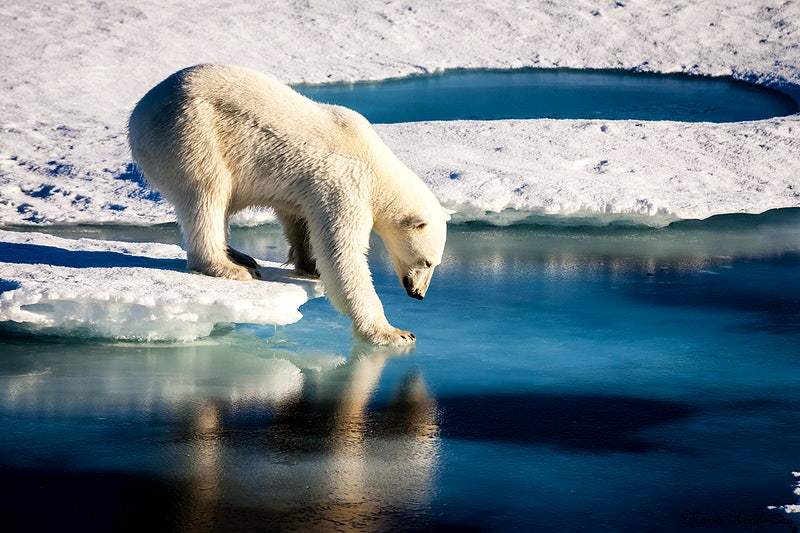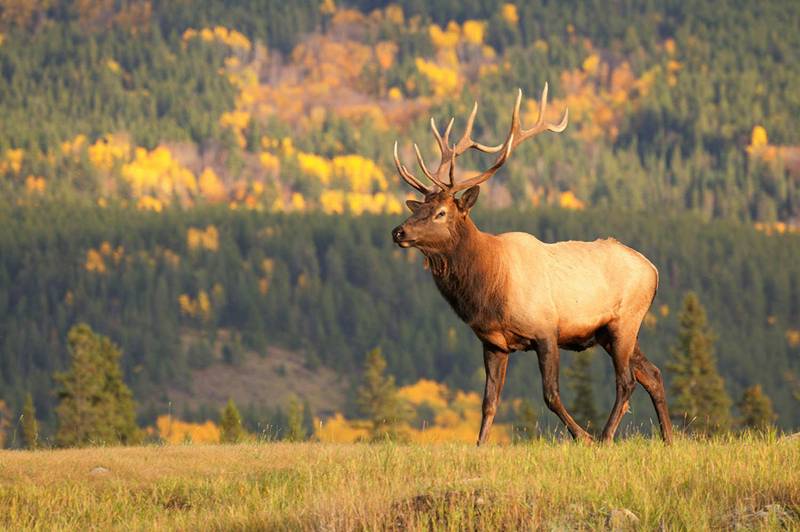Banff National Park
The park covers a vast area, including hills, subalpine zones, and alpine regions, with a total of three ecological zones. Dense growths of pine and fir trees make it an ideal habitat for wildlife. The park is home to 56 species of mammals and at least 280 species of birds. Carnivores include grizzly bears, American black bears, cougars, and lynxes. There are also many Canadian elk, often seen near the park and the town of Banff. Moose are rarer, living mainly near marshy streams. Only five caribou have been recorded in the park, making them extremely rare mammals.
Jasper National Park
Jasper National Park is connected to the Icefields Parkway, one of the most beautiful scenic drives in the world. As a UNESCO World Heritage Site, it is also the second largest dark sky preserve in the world and the only one with a human population in its core area. Every October, Jasper National Park hosts the Dark Sky Festival, inviting NASA experts to give talks. The clear night sky illuminates the movements of nocturnal animals, and you can see various wildlife such as moose, caribou, and black bears here.
Kootenay National Park
Kootenay National Park is one of the four adjacent Rocky Mountain national parks. The forest fires that once occurred here have provided important habitats for wildlife such as bears, lynxes, and moose. Visitors can also learn about the process of forest recovery.
Churchill
Located in Manitoba, Churchill is known as the 'Polar Bear Capital of the World' due to its large population of polar bears. Wapusk National Park is the world's largest known polar bear denning area and a habitat for hundreds of thousands of migrating waterfowl and shorebirds. Besides polar bears, Churchill's beluga whales and auroras are also noteworthy! You can choose to explore the polar bears by taking a tundra buggy or a helicopter ride, or you can put on a wetsuit and swim with the belugas.











